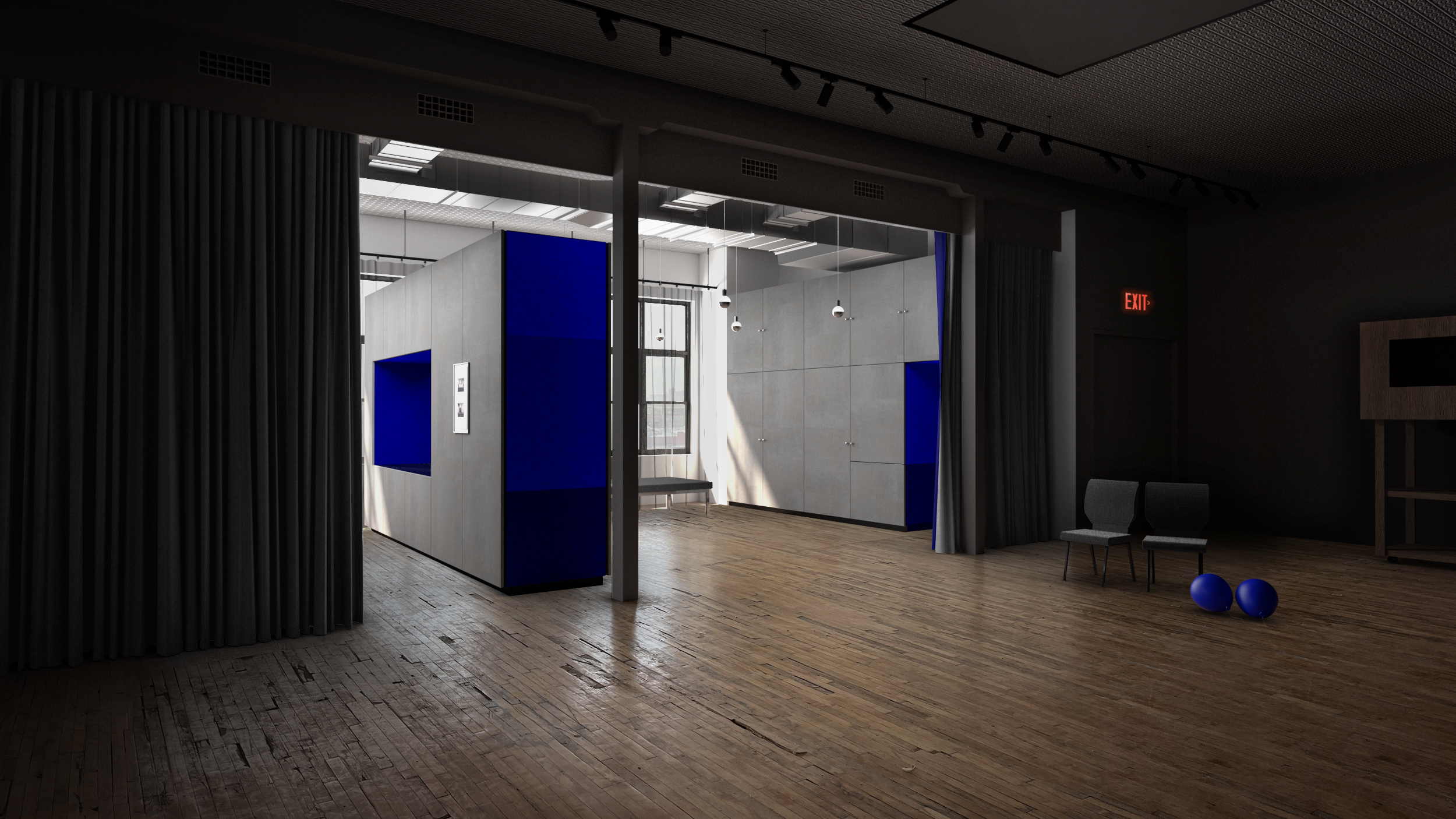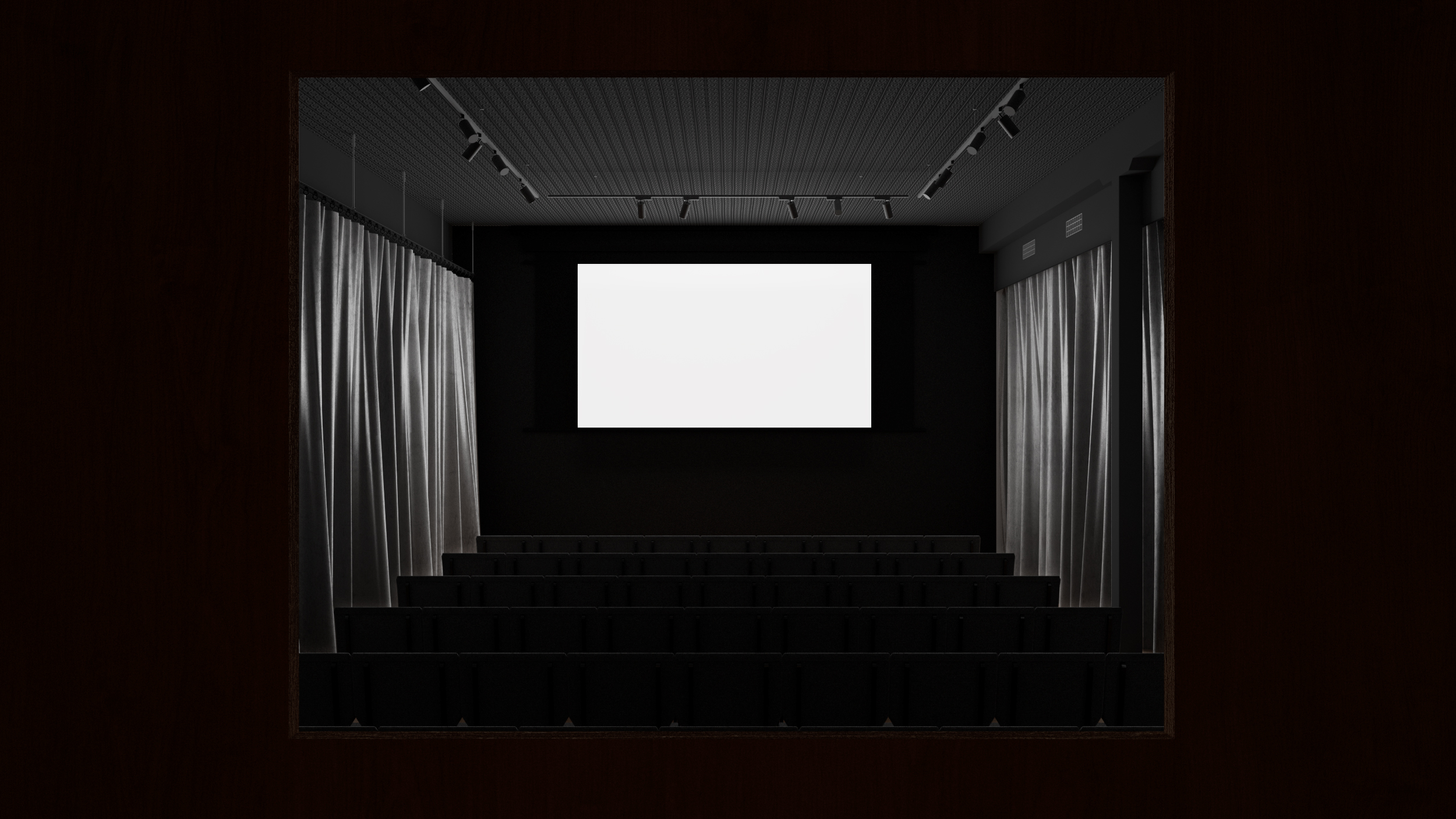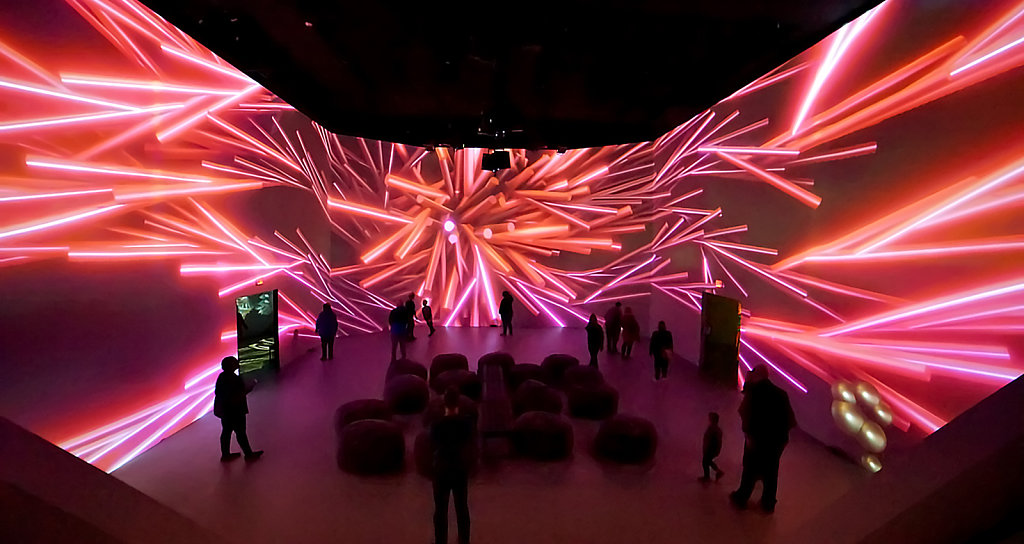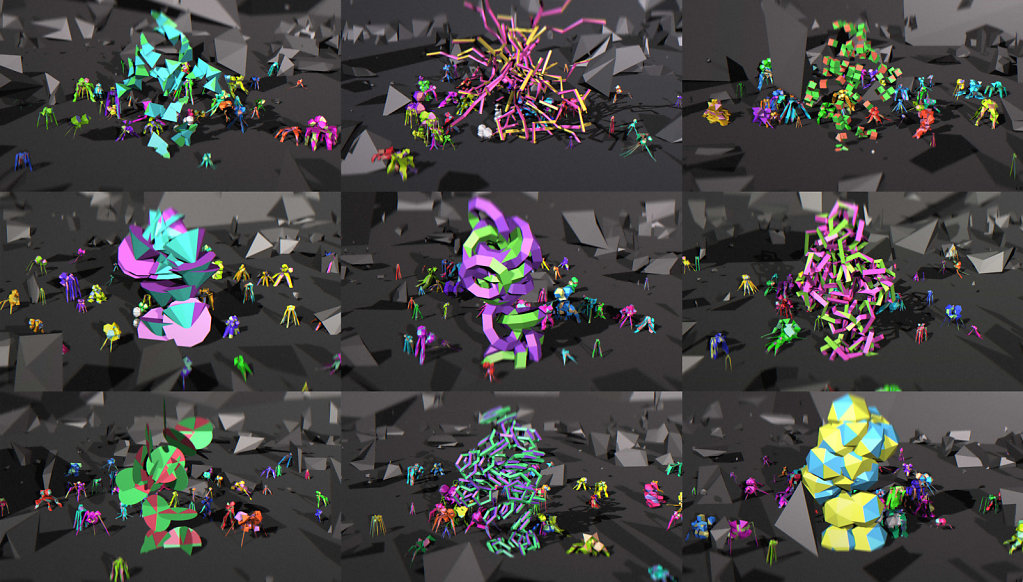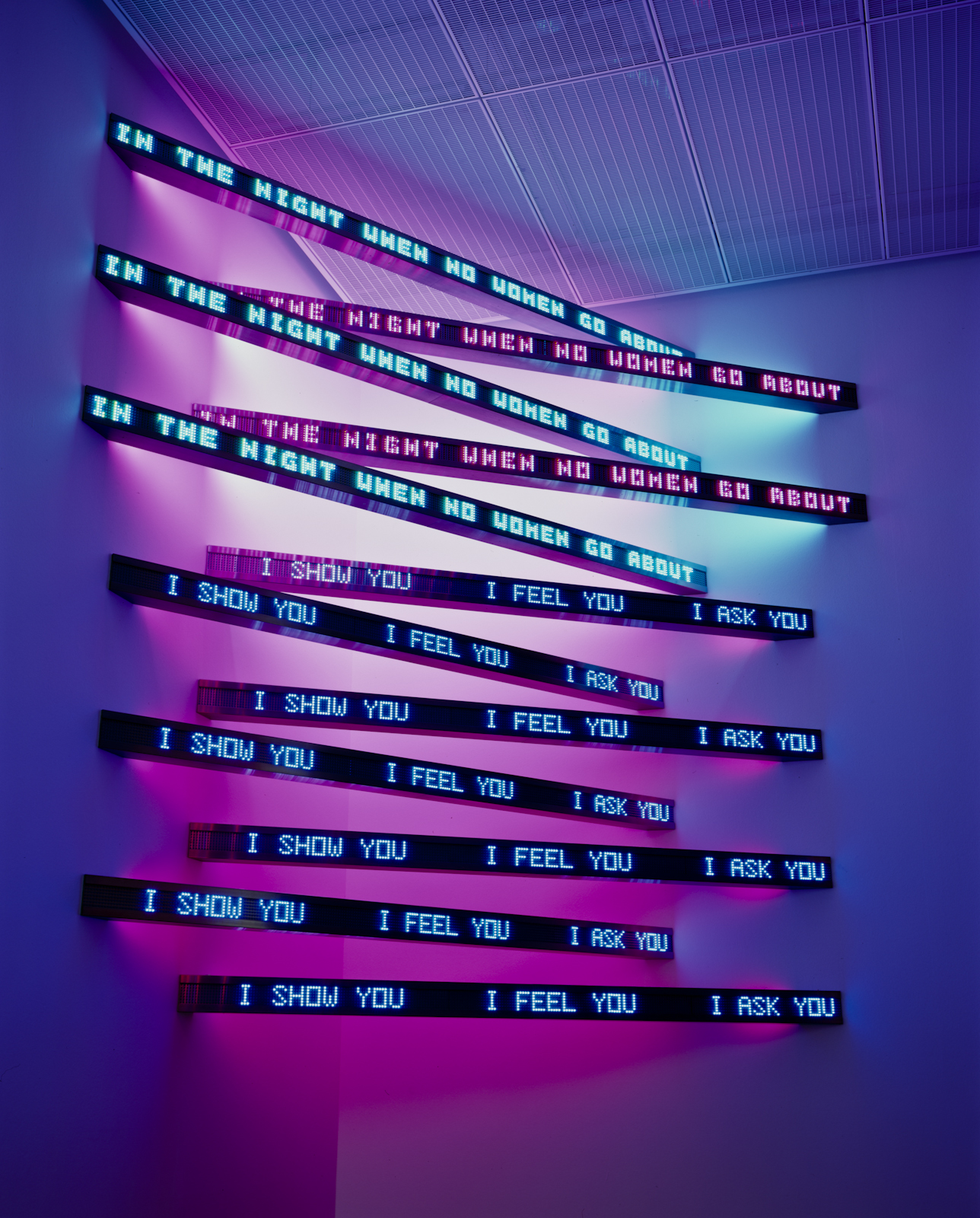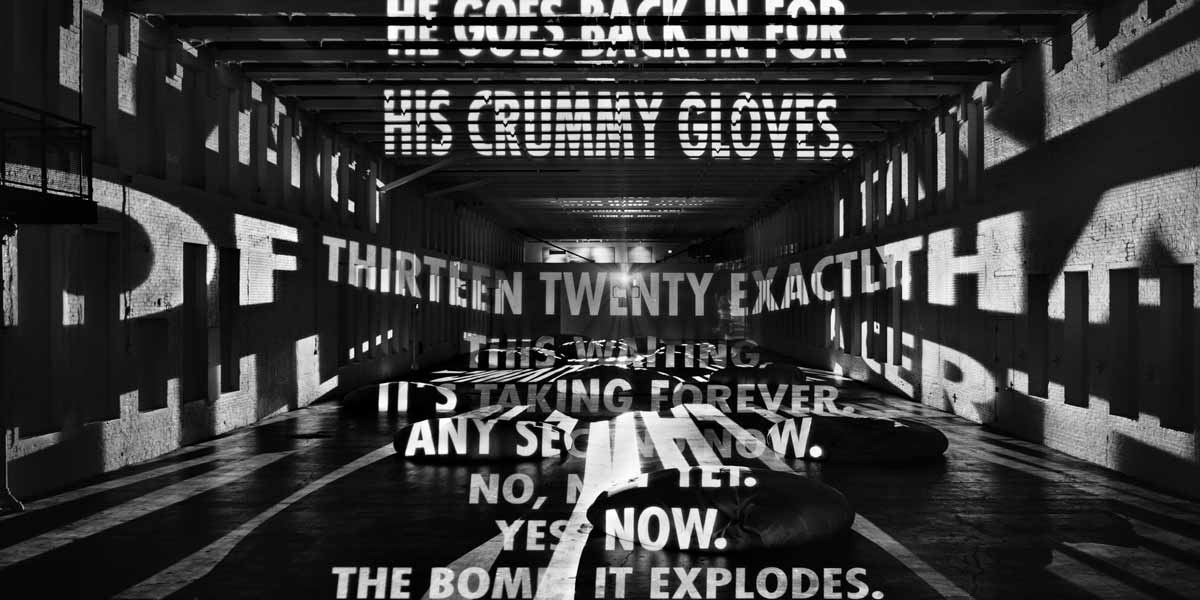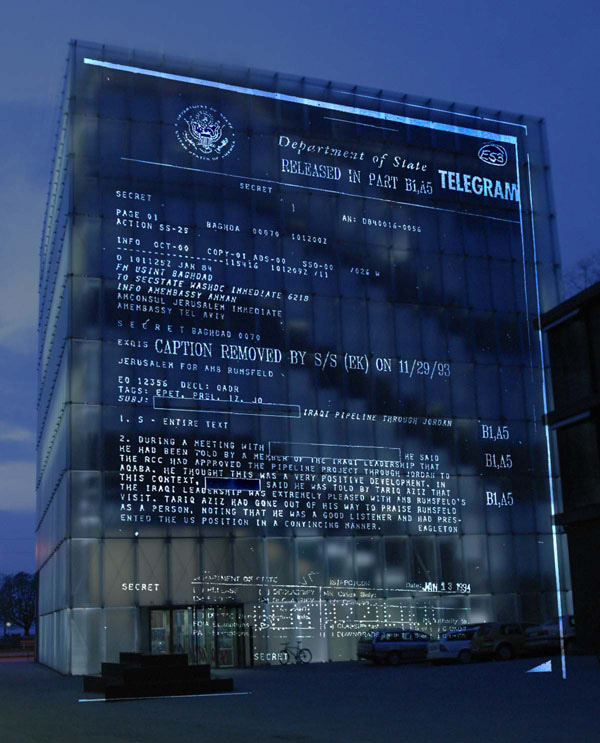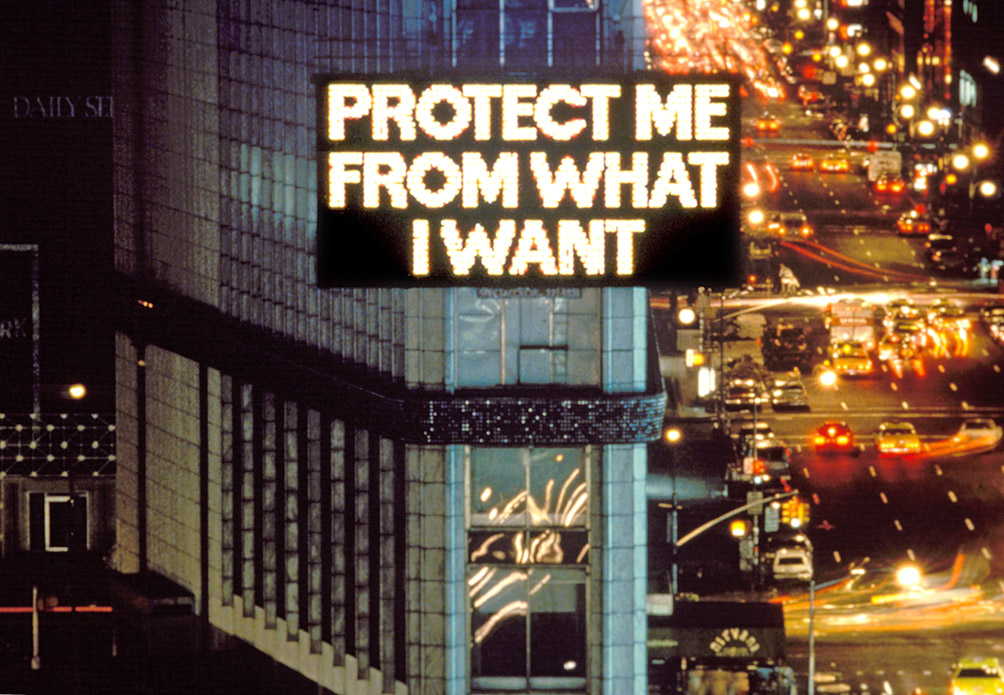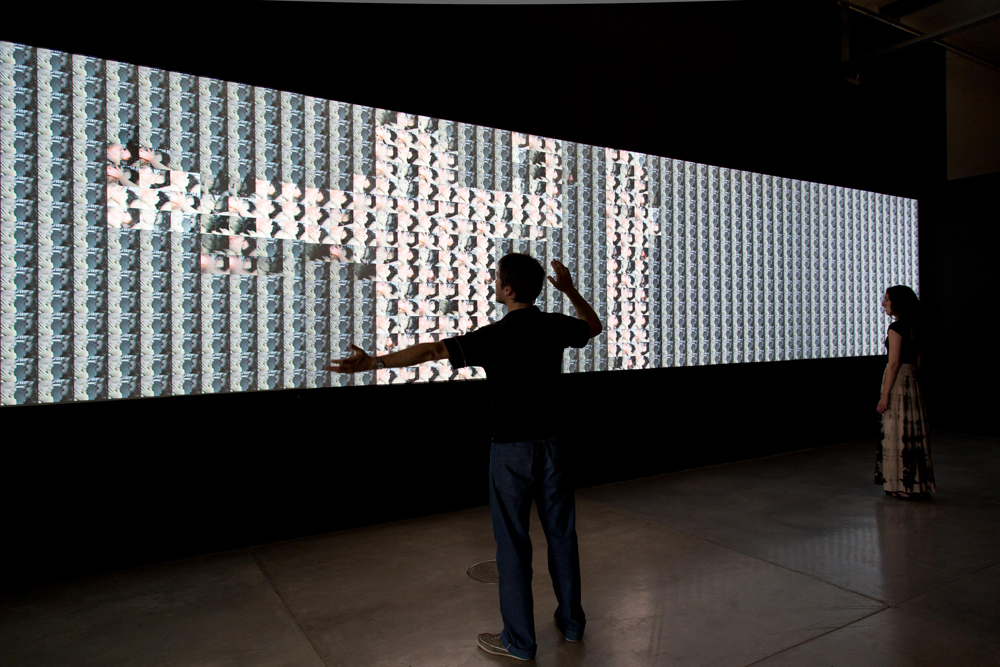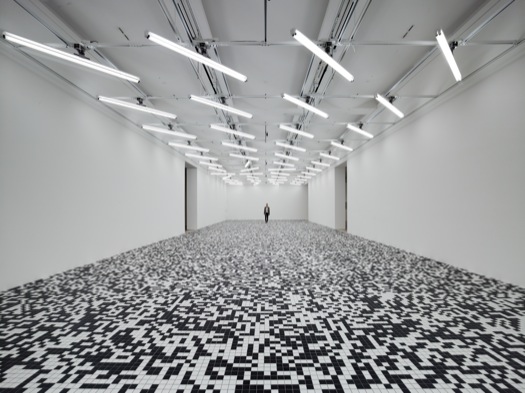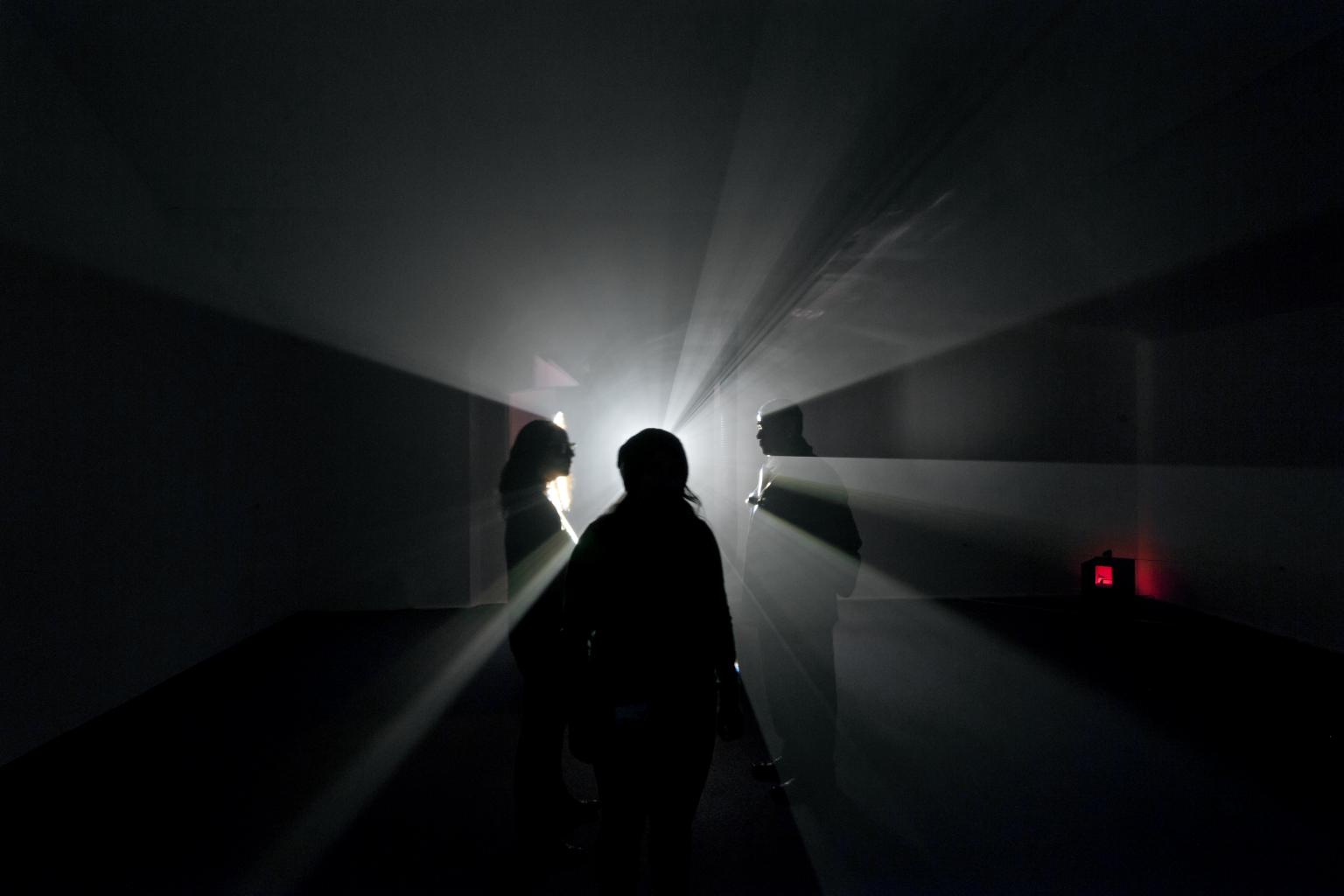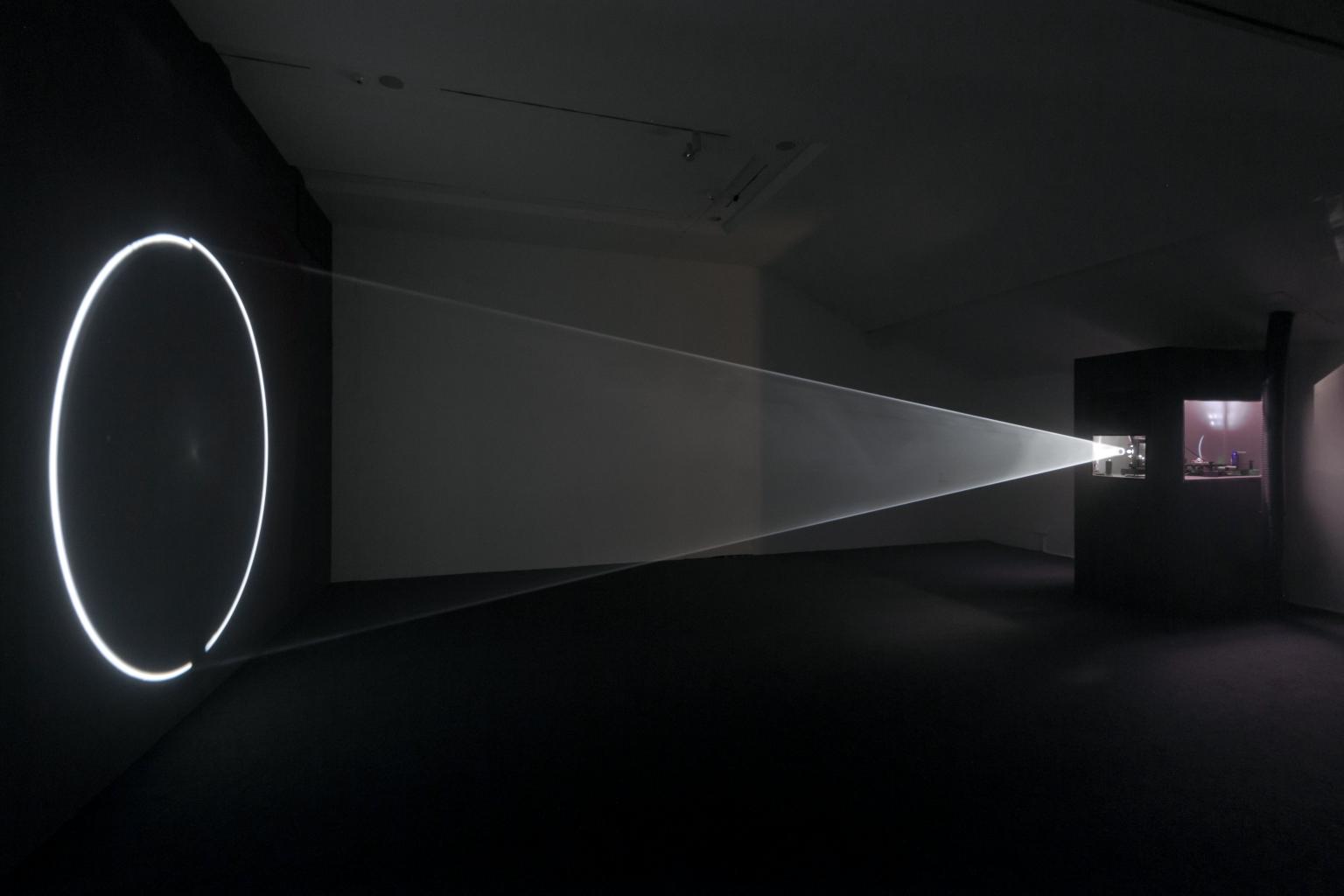Light Industry is a venue for film and electronic art in Brooklyn, New York.
Developed and overseen by Thomas Beard and Ed Halter, the project centers upon a series of weekly events, which are frequently organized in collaboration with an invited artist, critic, or curator.
Conceptually, Light Industry draws equal inspiration from the long history of alternative art spaces in New York as well its storied tradition of cinematheques and other intrepid film exhibitors. Through a regular program of screenings, performances, and lectures, its goal is to explore new models for the presentation of cinema. Bringing together the worlds of contemporary art, experimental film, and documentary (to name only a few), Light Industry looks to foster an ongoing dialogue among a wide range of artists and audiences within the city.[1]

